Hengga Intelligent to Attend Canton Fair, Highlighting Brake Disc Lathe Technology
2025-03-22
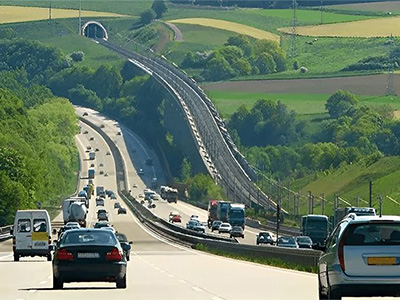
Many people think that driving is an easy skill to learn, but when it comes to the crucial aspect of braking, many still feel helpless. Although our company mainly produces Brake Disc Machines, not brake discs, we can still provide you with some useful basic techniques. Whether you are a novice driver or an experienced one, if you want to become a better driver, we recommend that you master the following five braking techniques.
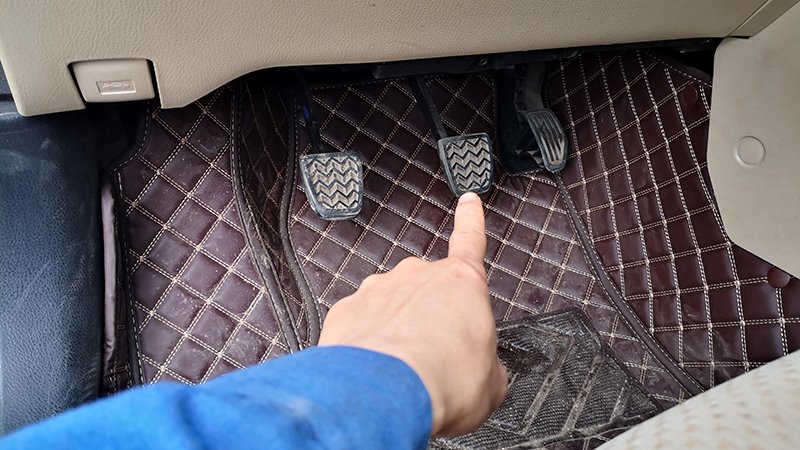
braking is not just about stepping on it!
Firstly, long-distance braking. As different car models have different braking systems, the braking force and gap will also vary. Therefore, when you face an unfamiliar car model, you should familiarize yourself with these differences as early as possible. Especially when it comes to long-distance braking, you should release the accelerator pedal in advance, lightly step on the brake pedal to become familiar with the braking force and gap of the vehicle. You need to keep the vehicle in a straight line while reducing the speed.
Braking uphill is very important. As we all know, cars require more power when driving uphill. At this time, it is necessary to downshift in advance to increase the power. The brake pedal should be stepped on quickly, and the shifting speed should keep up, so as to increase the strong power. If the shifting is too slow or the braking force is too great, the speed of the car may not match the gear, the car will shake and even stall or skid!
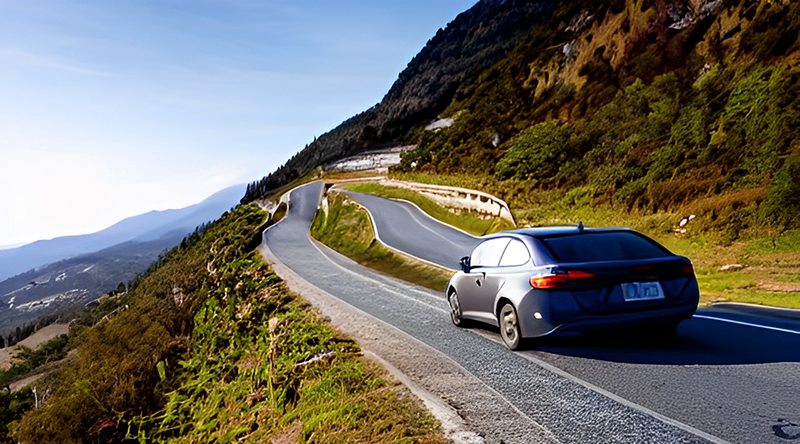
Braking uphill is very important
Braking downhill is also very important. Downhill, especially on a long slope, many automatic transmission car owners do not know how to drive, let alone brake. Long-term braking will affect the braking effect and accelerate the consumption of brake pads and discs. Whether it is an automatic or manual car, when encountering a long downhill, it should slow down in advance, the automatic transmission should be converted to manual use, choose a low gear to control the speed, and change the brake method to light tapping to avoid long-term braking!
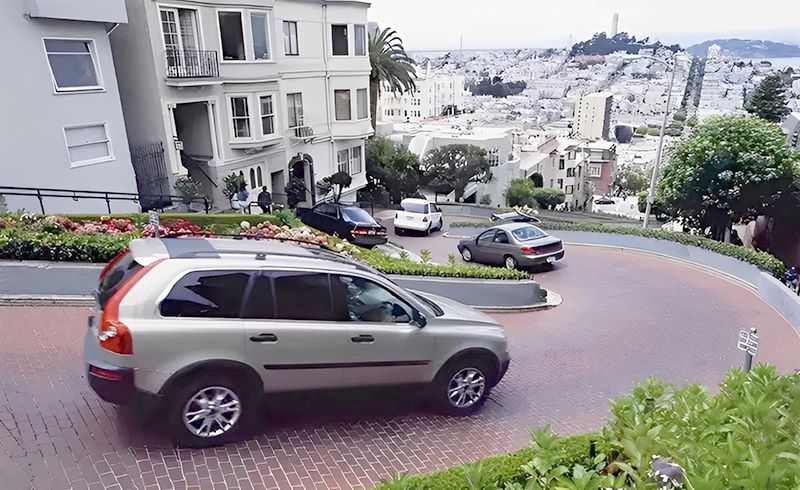
Braking downhill is also very important
Braking in rainy and snowy weather. In rainy and snowy weather, try to maintain a reasonable speed, use light tapping and engine braking to reduce speed, and keep a certain distance from the vehicle in front. In the event of skidding, do not over-correct the steering wheel and step on the brake hastily. You should calmly analyze the situation and appropriately lower the gear to reduce the speed while ensuring your own and other vehicles' safety.

Braking in rainy and snowy weather
Braking technique in bends. When driving on bends, pay attention to controlling the curve. The correct braking technique should be to slow down before entering the bend, enter the bend slowly, and then accelerate out of the bend. When braking on bends, synchronize the steering wheel and adjust the vehicle's posture along the curve at any time. Do not suddenly step on the brake.
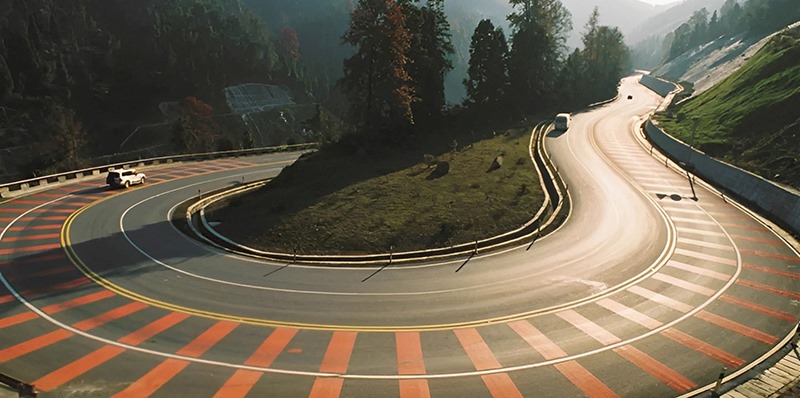
Braking technique in bends
In daily driving, correct braking techniques are crucial. Whether it is driving downhill, in rainy and snowy weather, or driving on bends, the correct use of brakes will help improve driving safety. As a qualified driver, you should be good at learning and mastering various braking techniques.